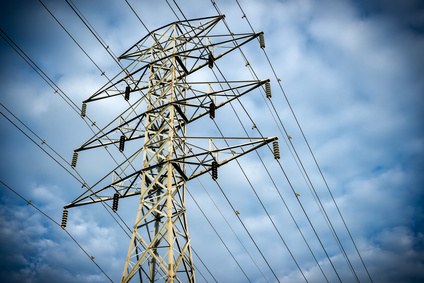Hidden costs of capping Albertans’ power bills

In the ancient tale of King Canute, who ruled England, Denmark and Norway at the turn of the first millennium, Canute is seen at the seaside commanding the waves to stop coming ashore. Of course, the waves did not stop. They washed up over his feet.
The story illustrates the king’s modesty: The monarch thought it was folly for admirers to think he had powers that could even defy the laws of nature. So he demonstrated their silliness.
Alberta Premier Rachel Notley might wish to review that story, after she recently announced she would attempt to suspend the law of supply and demand on residential power rates. The government declared it would cap electricity prices at 6.8 cents per kilowatt hour, effective from 2017 until 2021.
That is double the price per kilowatt hour most Albertans pay now. That means either the cap is a political stunt, or that the premier is well aware that prices will rise as the province phases out coal and phases in more expensive renewable power. Indeed, she tacitly admitted as much when she justified the cap by pointing to Ontario’s experience and its soaring power bills after that province shifted the electricity mix to more costly renewable power.
There are multiple problems with the province’s strategy on electricity.
One is that the premier cannot simply revoke the law of supply and demand — at least not without serious consequences. In a market that is relatively free from government intervention, prices are a function of how much of a good or service is offered for sale (supply) and how much people want to buy (demand).
If the government sets a cap that is lower than this market-determined price, the result is a shortage, as demand grows and supply shrinks. Even if the cap is currently higher than the market price, this can discourage investment, as suppliers anticipate bumping up against the cap in the not-too-distant future.
The way the province plans to skirt that latter outcome is to guarantee electricity producers that they will be paid for producing power — even if they can’t sell it. So consumers, who may soon pay more than double what they’re paying for power today, will be “saved” from paying even more for more expensive renewables when the government forces them to cover the difference as taxpayers.
As is often the case, one bad regulation begets another.
The forced early phase-out of coal, and the subsidies required by renewables, were sure to push prices up. But Alberta’s government was not upfront about this foreseeable consequence. To avoid these increases, a price cap was announced. And to avoid the shortages a price cap would normally cause, producers were guaranteed payment by government. Then the government agreed to pay $1.4 billion to the electrical utilities to end their cheaper coal-fired electricity generation early.
So we know how this merry-go-round of killing cheap electricity started — with the government’s desire to end coal-fired electricity and bring in more expensive, subsidized renewables. What we don’t yet know is where this string of market disruptions will end.
There is no getting around the simple fact that renewables remain expensive in this day and age, just as getting rid of coal early is expensive. Regardless of the number of regulatory layers stacked upon one another to patch things up, there is always someone who will feel the burn when reality catches up.
Ironically, despite the premier’s claim that she is not following the disastrous Ontario model, that is exactly what she is doing: Kill coal early, bring in expensive renewables, start subsidizing lousy policy through taxes.
King Canute could have told Premier Notley that it is always a mistake to defy the laws of nature — in this case, the law of supply and demand. Here’s another law: There is no such thing as a free lunch.
Youri Chassin et Mark Milke sontles auteurs de « Green Energy Subsidies: Is Alberta Jumping on the Bandwagon? », publié par l'IEDM. Ils signent ce texte à titre personnel.

